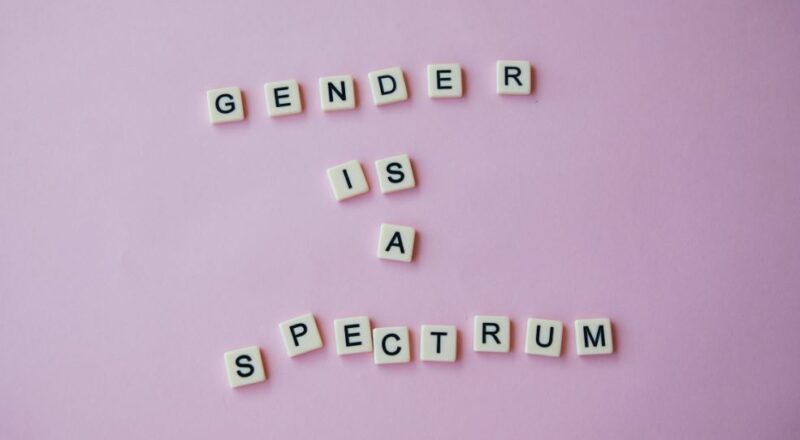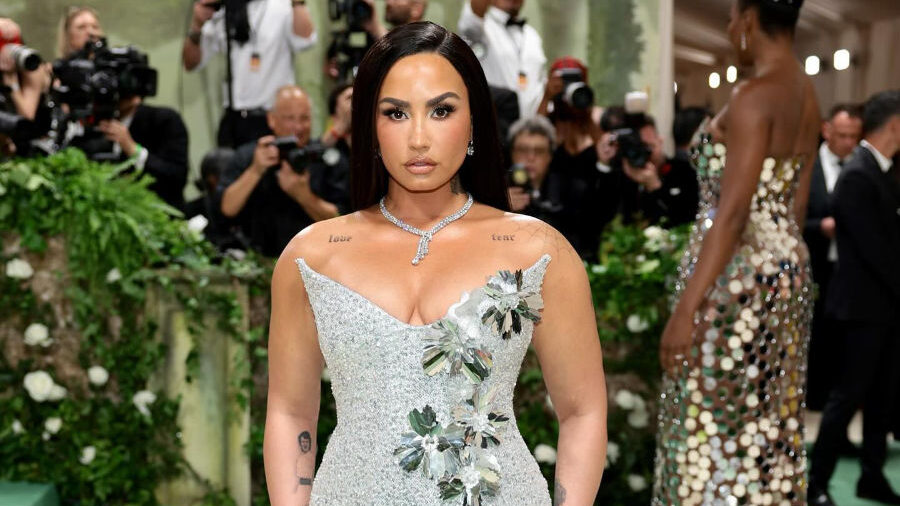
What is gender-neutral and inclusive language?
It seems like the buzz words within the LGBTQIA+ community for over a year now are gender-neutral language, gender-neutral pronouns, and gender-inclusive language. A lot of you may be confused because the semantics seem to keep piling on top of each other when the 22nd century arrived.
But if you have 5 minutes to spare to read this guide, you will find that the reason behind these changes is not trivial and will compel you to jump on the bandwagon to inclusivity.
On this page
Definition
Gender-neutral language, also referred to as gender-inclusive language is a language that protects individuals of a particular sex or social gender from bias. In the English language, it includes nouns that:
- have no specificity in pertaining to jobs or roles
- formation of phrases in a coequal manner
and it eradicates the long-time usage of male terms as a form of blanket nouns for everyone.
Prime examples of specificity in pertaining to jobs are the nouns actor and policewoman. The corresponding gender-neutral terms for the two mentioned would be artist and police officer.
Usage
There are more examples of how this language is used. You may be confused because a lot of people will immediately result in assuming a person’s gender based on how they present themselves.

But not because a person dresses in a conventional manly or womanly manner means that they fall under the gender binary. The only person who can identify the gender of oneself is themself.
Still confused? Here are some samples that will help you not offend or assume the gender-inclusive language that an individual prefers.
- Chairman (component is man) and Chairwoman (component is woman) are both using terms from the common gender binary. These can be replaced with Chairperson instead.
- Husband (man) and Wife (woman) refer to a married couple falling between the gender binary. Partner/s can be in replacement should the couple or one of them identify neither as a man or a woman.
The Masculine Blanket Language
For hundreds of years, the patriarchal society has established itself as the representation of the people. This is why even some women are referred to with masculine pronouns.
In the 70s, the notion that parts of the English language were sexist was brought to mainstream attention in Western English cultures. While that’s happening, the link between ideologies and language (including traditional gender ideologies) was rampant in the academic field of linguistics.

The National Council of Teachers of English (NCTE) published a set of guidelines on how to properly use non-sexist language in 1975. However, retaliation happened and the guidelines also sparked debate on whether or not the enforcement of non-sexist language should take place.
- Feminist Maja S. Blauberg from Britain countered 8 commonly used oppositional arguments in 1980.
- New South Wales. Australia, required the usage of they instead of she and he in subsequent laws in 1983.
- The Canadian Corporation for Studies in Religion (CCSR) passed a motion for all its upcoming publications to use non-sexist language instead.
- Academic institutions in Britain and Canada implement policies that are non-sexist in 1985.
- The Handbook of Nonsexist Writing and The A-Z of Non-Sexist Language by Women’s Press Publications were made to deradicalize original works.
- Just recently, the State of New York enacted its policy of using gender-neutral terms such as firefighter and police officer.
Negative Impacts of Using the Wrong Pronouns
Using the wrong pronouns invalidates a person’s existence. We all have a place in this world to be who we are and enforcing a term that’s not appropriate for the person being misgendered can affect their confidence and social connections.

Sadly, still today, people who fall under the gender non-binary labels are still made fun of. The bigots create a mockery out of a person who prefers to be addressed with they, them, their, instead of the regular he, his, him and she, her, hers.
The 21st century has created many jokes starting with the statement “I Identify as” and follows it with an object or an animal. Some of these jokes go along the lines of:
- I identify as a watermelon.
- I’m not a man, I identify as a 100 dollar bill.
- Please don’t call me mam, I’m a non-binary buffalo.
These jokes are as downright infuriating as being misgendered and misidentified.
Negative Impacts of Having a Contradictory Name to a Trans Person and a Gender Non-conforming Individual
Not only are the non-binary individuals experiencing bigotry and ridicule. Transgender people go through it a lot of times as well. To further expound on this, you have to understand the implications of being misidentified and misgendered.

But in this section, we will focus more on names. Here are examples of how having the wrong name, language, and pronoun can result in negative implications to do the day-to-day lives of trans and non-binary people.
1. A transgender woman in a clinic is waiting for her turn to get her blood tested. Because of the clinic’s lack of advanced systems, the nurses shout the names from the files to alert the patients that it’s their turn.
Patient Joshua Bryant! Paging patient Joshua Bryant
She stands up and people look at her either laughingly or confused. This can even get worse if the nurse decides to add the “Mister” title on their roll call.
2. A non-binary individual presents themselves in a “masculine” way but they’re not comfortable in being called a dude, bro, or man. But their friends disregard their preference and keep using incorrect language. It will feel as though the individual’s existence wasn’t acknowledged and could lead to destroying the friendship.
Celebrities who prefer gender-neutral terms
Gender-inclusive language isn’t just the buzzword. It has been repressed for so many years because of society’s dictatorship on what it prefers to exist. But in the 21st century, that’s gradually changing and even some celebrities have stepped out of their shadows to show the world their real identity.
Demi Lovato
They are probably one of the most controversial gender non-binary individuals in showbiz.

They started as a Disney star, playing a conventional role of a leading lady. And eventually became a big singing sensation subsequent to the success of Camp Rock. The world was shocked when they came out.
Sam Smith
In 2017, the Grammy Award-winning singer told the Sunday Times
After a lifetime of being at war with my gender I’ve decided to embrace myself for who I am, inside and out,
they wrote in a lengthy caption.
I’m so excited and privileged to be surrounded by people that support me in this decision but I’ve been very nervous about announcing this because I care too much about what people think but f— it!.

Getting into the gender-neutral language bandwagon is not so bad after all. Acceptance, tolerance, and love, are what bring peace to mankind… correction, humankind!
If people would’ve only found it easy to adapt to the real meaning of respect, the world will be a much better place. Did you enjoy this guide? Please share it with anyone you know.




This is a very personal and individual thing.